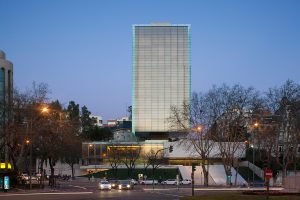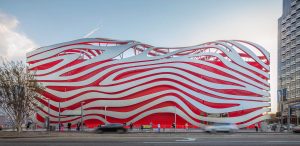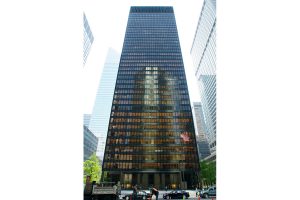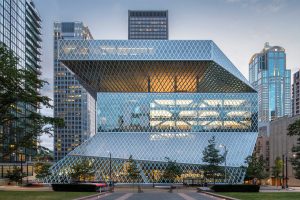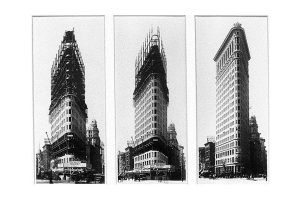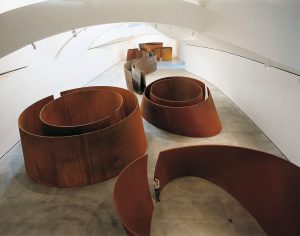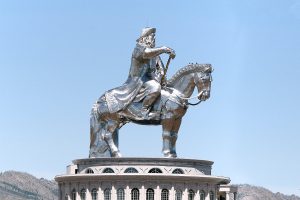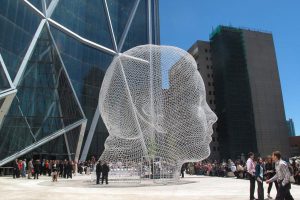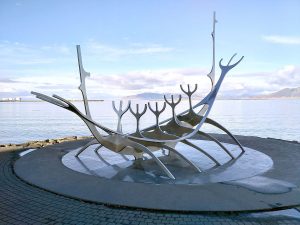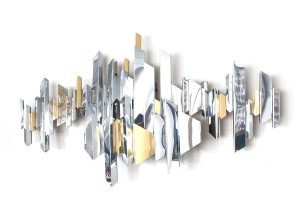Metropol Parasol, part of the redevelopment of Plaza de la Encarnacion, Seville, Spain
We take a visit to this triumphant installation in Seville.
Seville
Seville is one of my very favourite cities in Spain, with some of the very best local food and wine to be found anywhere in Andalusia. Seville is a traditional stopping off point for travellers on their way to Portugal. Seville is an intimate but vibrant city with a population close to 700,000. The city is famous for it’s searingly hot in summers with average June/July temperatures being around 35-38 Centigrade. On a hot day 40 centigrade plus is not unknown.
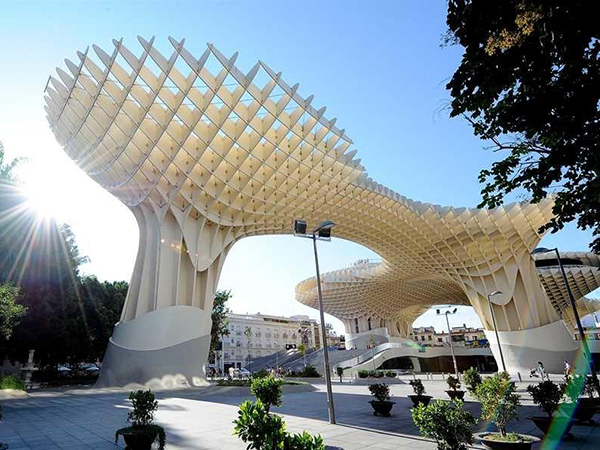
Metropol Parasol – Redevelopment of Plaza de la Encarnacion, Seville, Spain
Luckily over the 2200 years since Seville was founded, the Sevillianos have built many beautiful shady squares around the city, somewhere to enjoy a tapas, a cold beer or a tall glass of chilled, pale sherry (I recommend a Fino), shade during the day being provided by the large leafy ficus trees that frequently grow around the squares. The same ficus that most of us in northern Europe only experience as a fairly sad plant pot stuck in the corner of the office or the bedroom.
Jurgen Mayer-Hermann
In 2004 the city of Seville commissioned the Berlin based German architect and artist, Jurgen Mayer-Hermann to design one of the largest bonded wooden structures in the world (150m x 75m x 28m). The structure was to be built on the site of an old open air market, in Plaza de la Encarnacion, which was in a state of dilapidation.
Jurgen took his inspiration from the ficus trees that abound in the city. His intention was to develop a mixed use, multi level space that would be comfortable on a hot summers day and a location where tourists and the locals could mix. Somewhere to be outside, away from the sun.
Arup were appointed as consultant engineers and construction was by the Madrid based Sacyr Vallehermoso.
The initial budget for design and construction was indicated to be around 52 million Euros but as is common with these difficult one off type of projects, the final budget shot up closer to 86 million euros.
After completion in 2011, the light and airy space containing bars, restaurants, archaeological museum and a farmers market appeared, giving Seville a heart stopping, surprising urban development, that beautifully showcases Spanish culture and commerce, very close to the centre of Seville and bringing back life and vibrancy to the area.
The Spanish locals quickly took the structure to their hearts, naming it locally “Las Setas” or the mushrooms
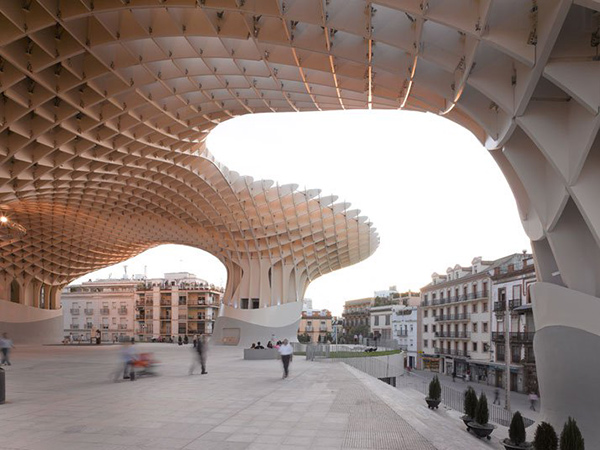
The detailed timber construction of the Metropol Parasol, Seville, Spain
Structure
The structure is manufactured out of a glued Kerto- Q LVL material which is arranged to an orthogonal (right angles) grid of 1.50m x 1.50m. Over 3000 different wooden elements were manufactured at Metsä Wood building component factory in Aichach, Germany and in total 2500 m³ of the panel was produced to form an exceptional light weight and extremely strong building. The wooden structure is covered by a polyurethane coating, that will protect the bonded elements against sun and rain.
All the wood comes from sustainable northern forests, which being colder makes for slower growing trees and a stronger finished product.
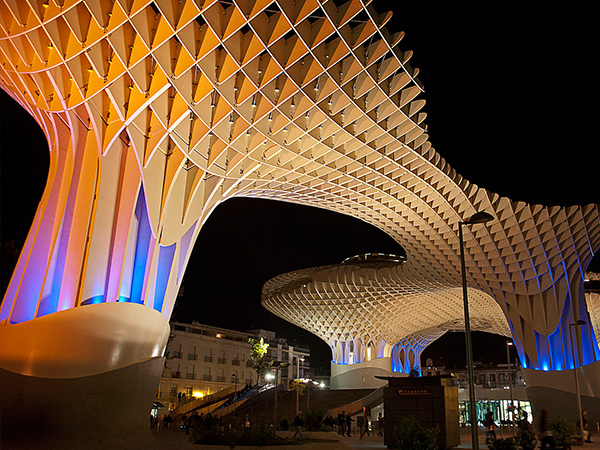
The Metropol Parasol illuminated at night, Seville, Spain
A city landmark
In 2005, The Metropol Parasol won the third prize in the prestigious Holcim Foundation Award, for sustainable construction, with the jury saying:-
“This building is a genuine monument that stresses the importance of the marketplace in the city. It is an aesthetically pleasing response to the frequently criticised loss of public space,”
This is a wonderful space, you can climb to the top and on the walkways have a great views of this wonderful city, Metropal Parasol by Jurgen Mayer-Hermann
As Alfredo Mayor proudly stated on completion of the project, “With the patronage of the Seville City Council, the new Plaza de la Encarnacion has been converted into the contemporary urban centre of the city, a modern urban cathedral located within the largest historic centre of Europe. It is a space capable of offering a wide variety of cultural, recreational and economic options: an archaeological tour through the city’s ancient history, diverse leisure activities, an ideal location for encounters and commercial activity. And as a living space, a tourist destination, and a meeting place, it provides opportunities of identification and exchange for the city’s habitants.”
I have to agree with that and I congratulate the city of producing such an outstanding landmark.

